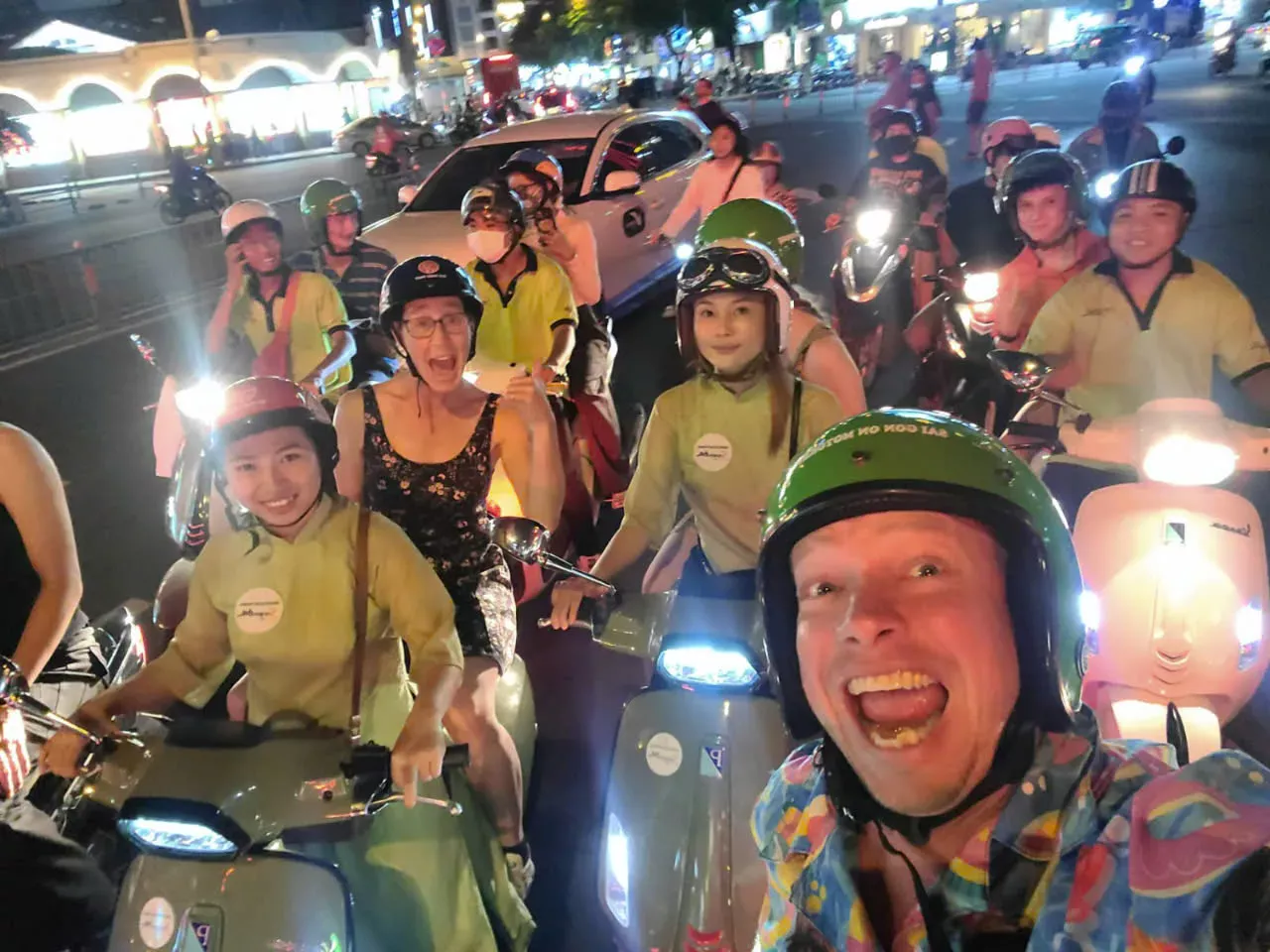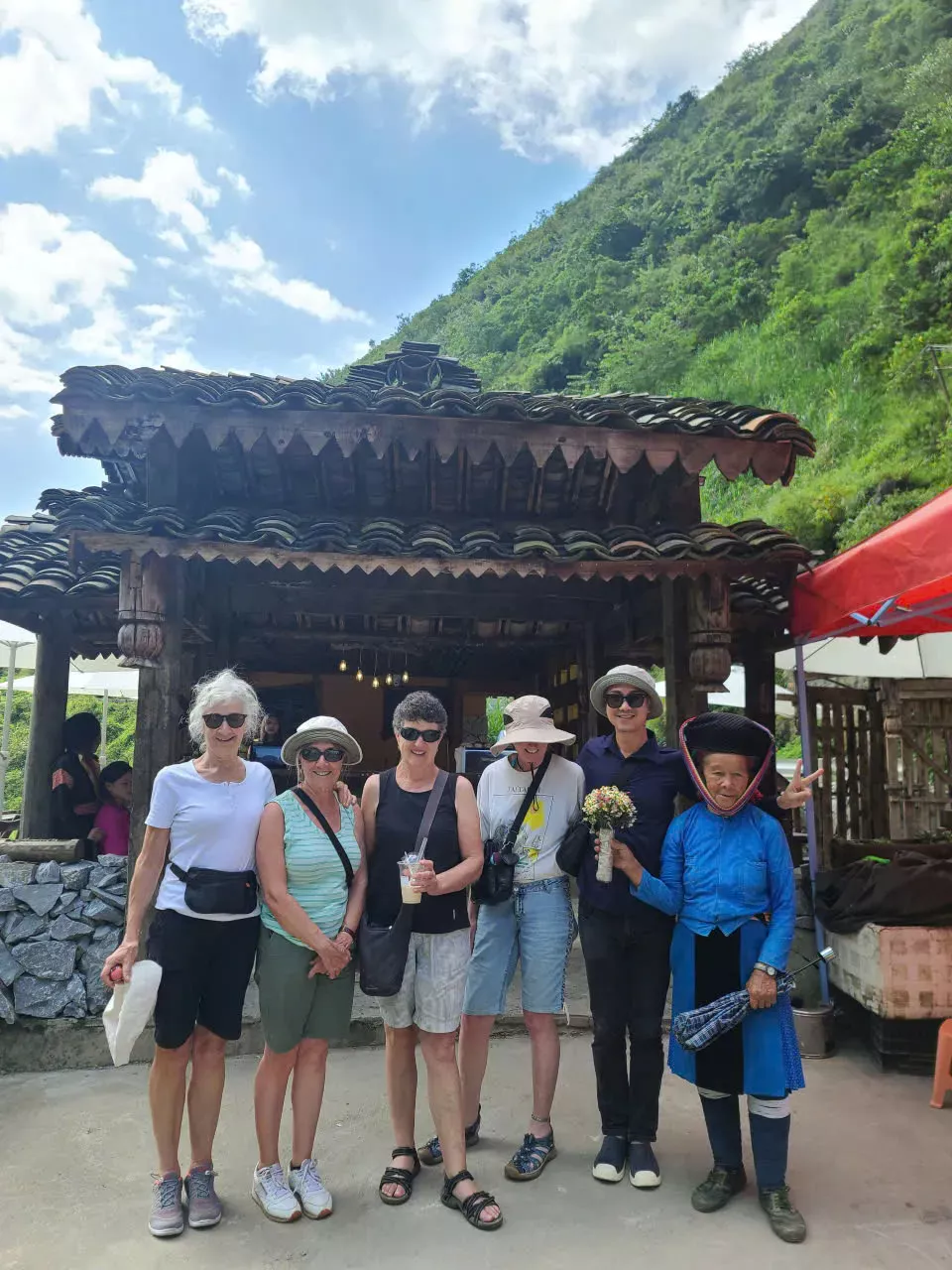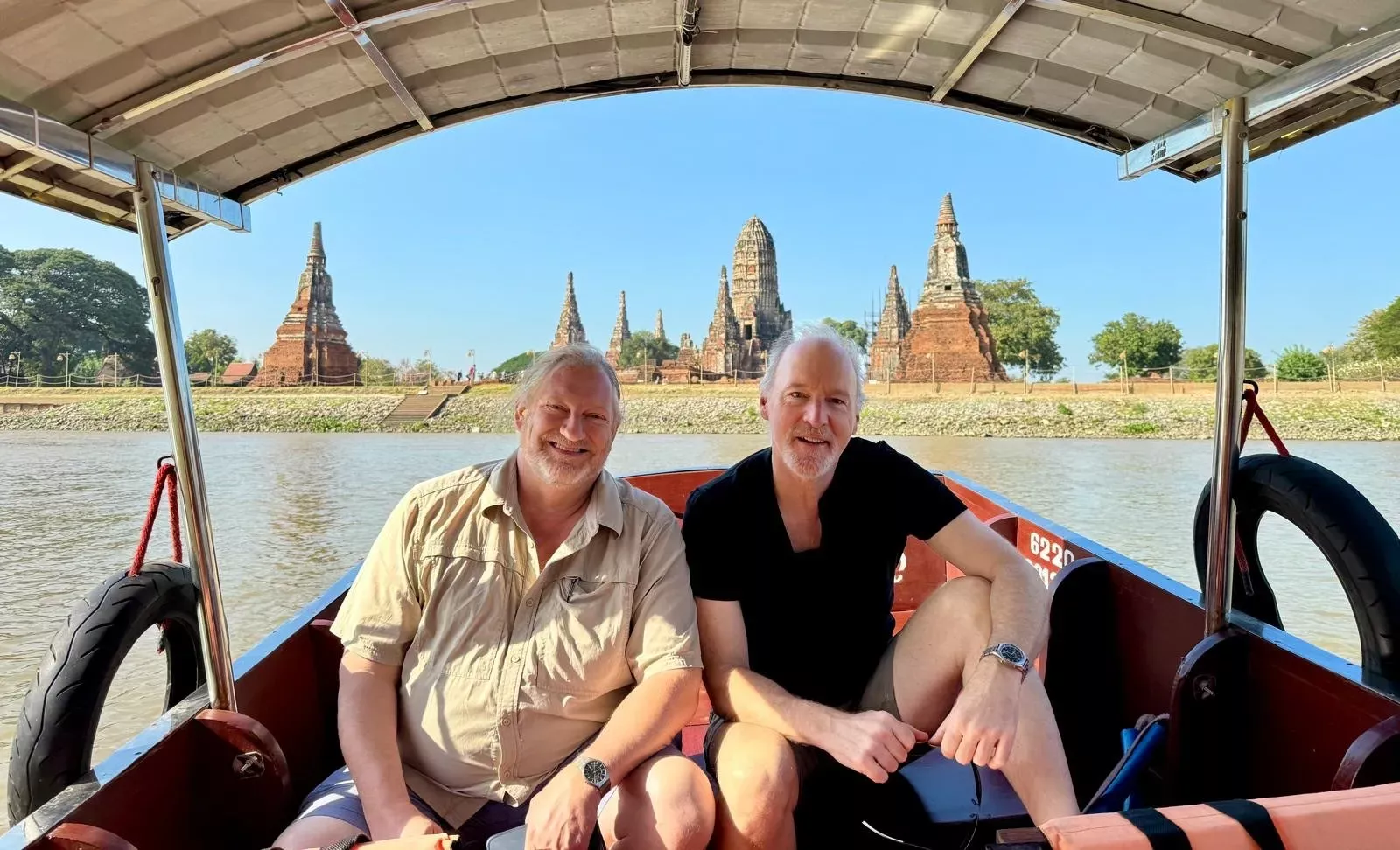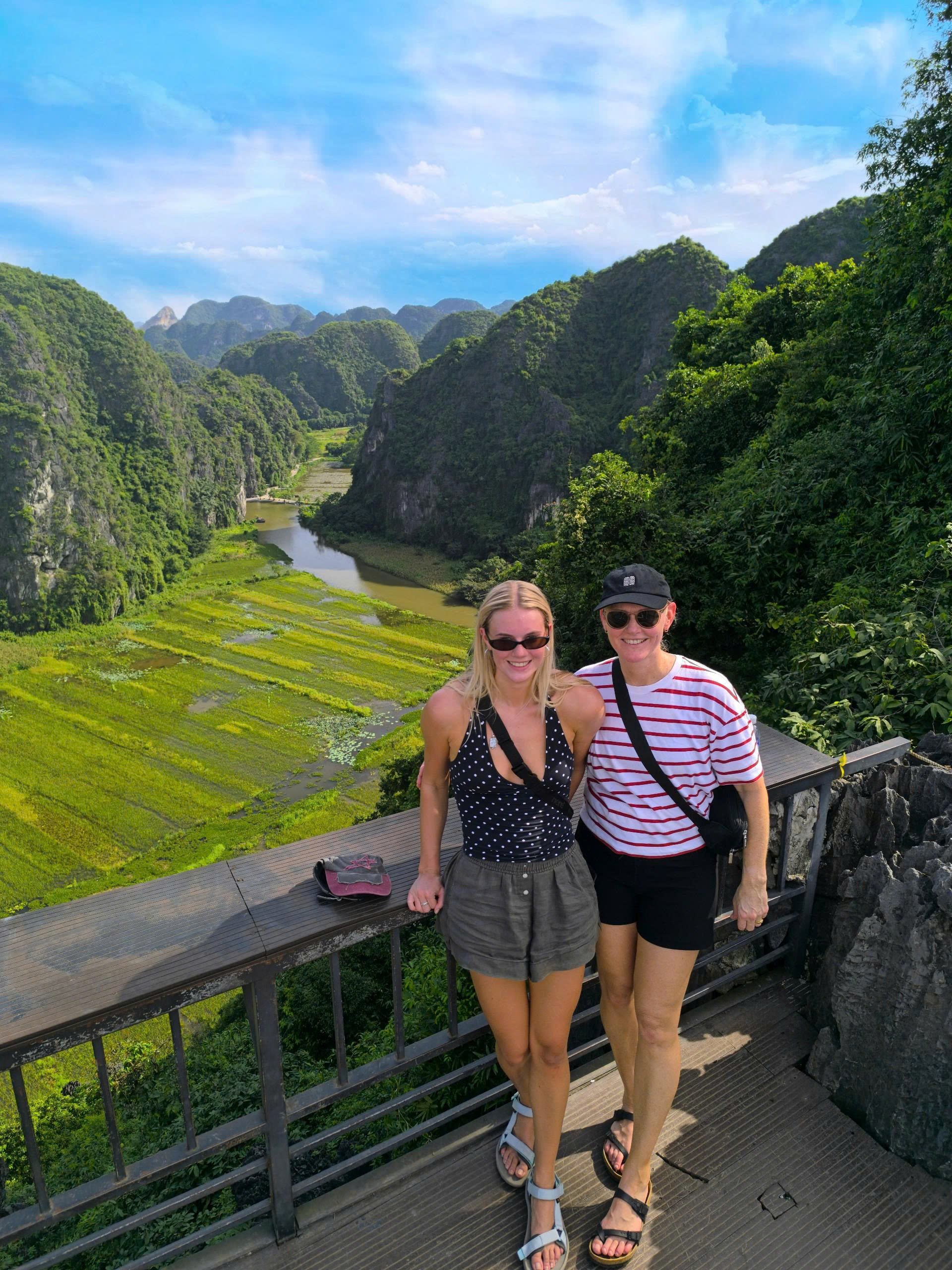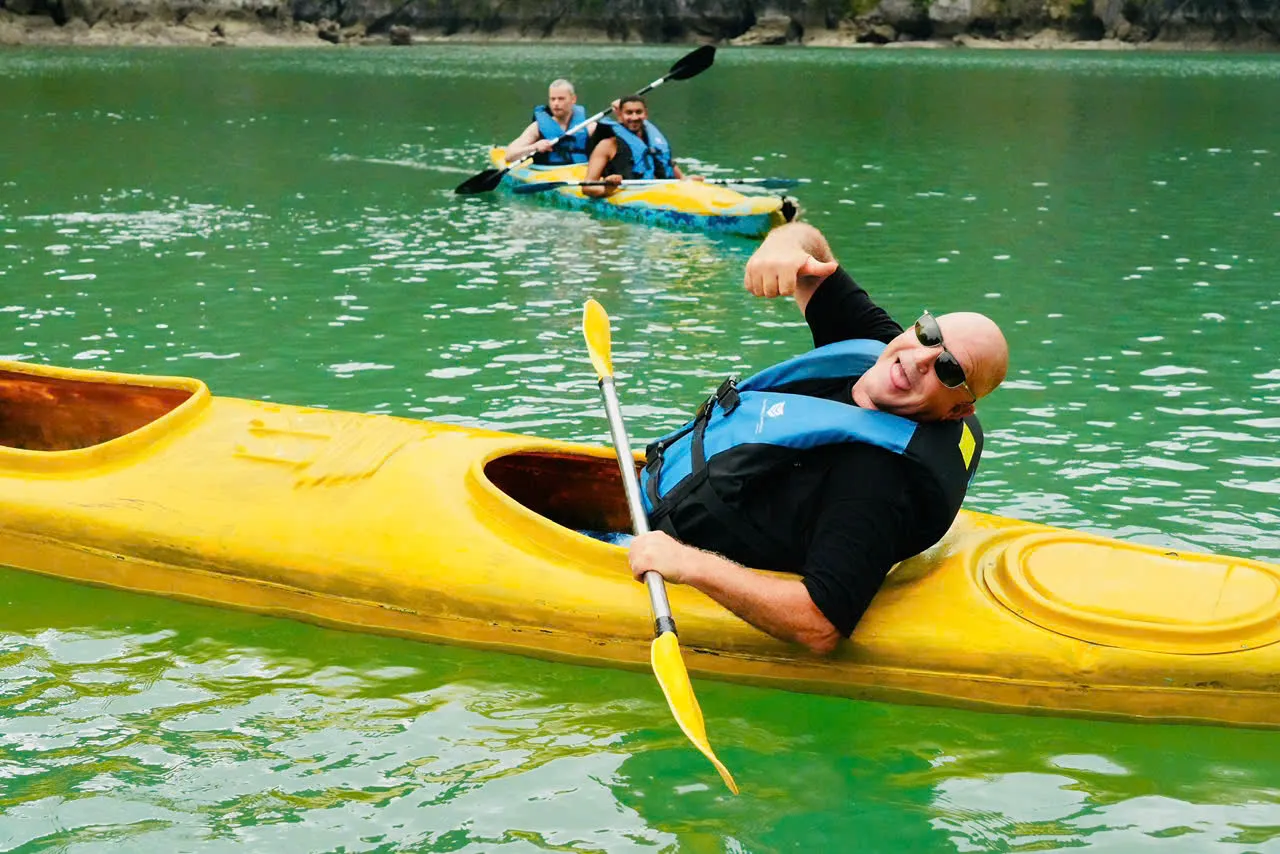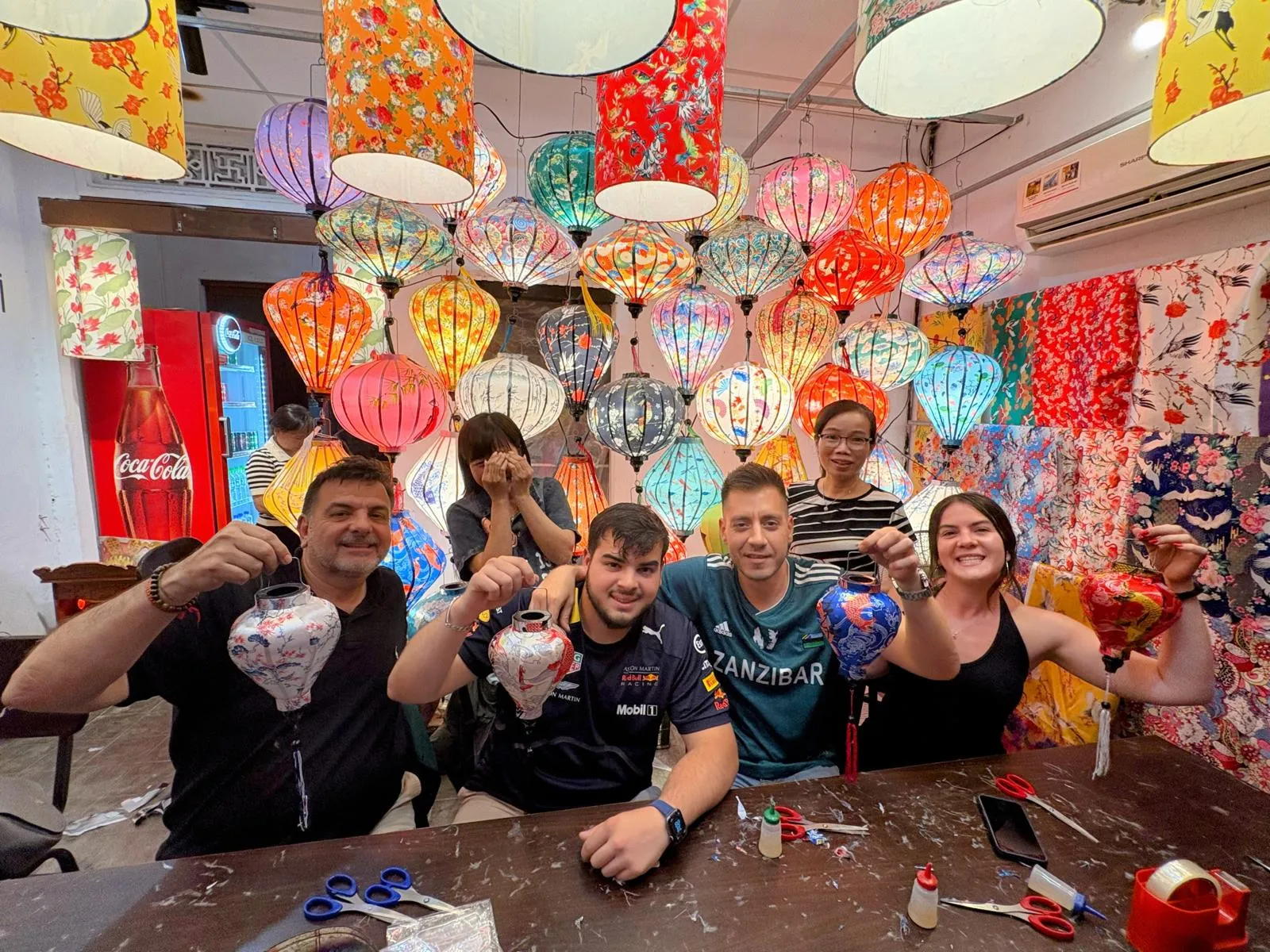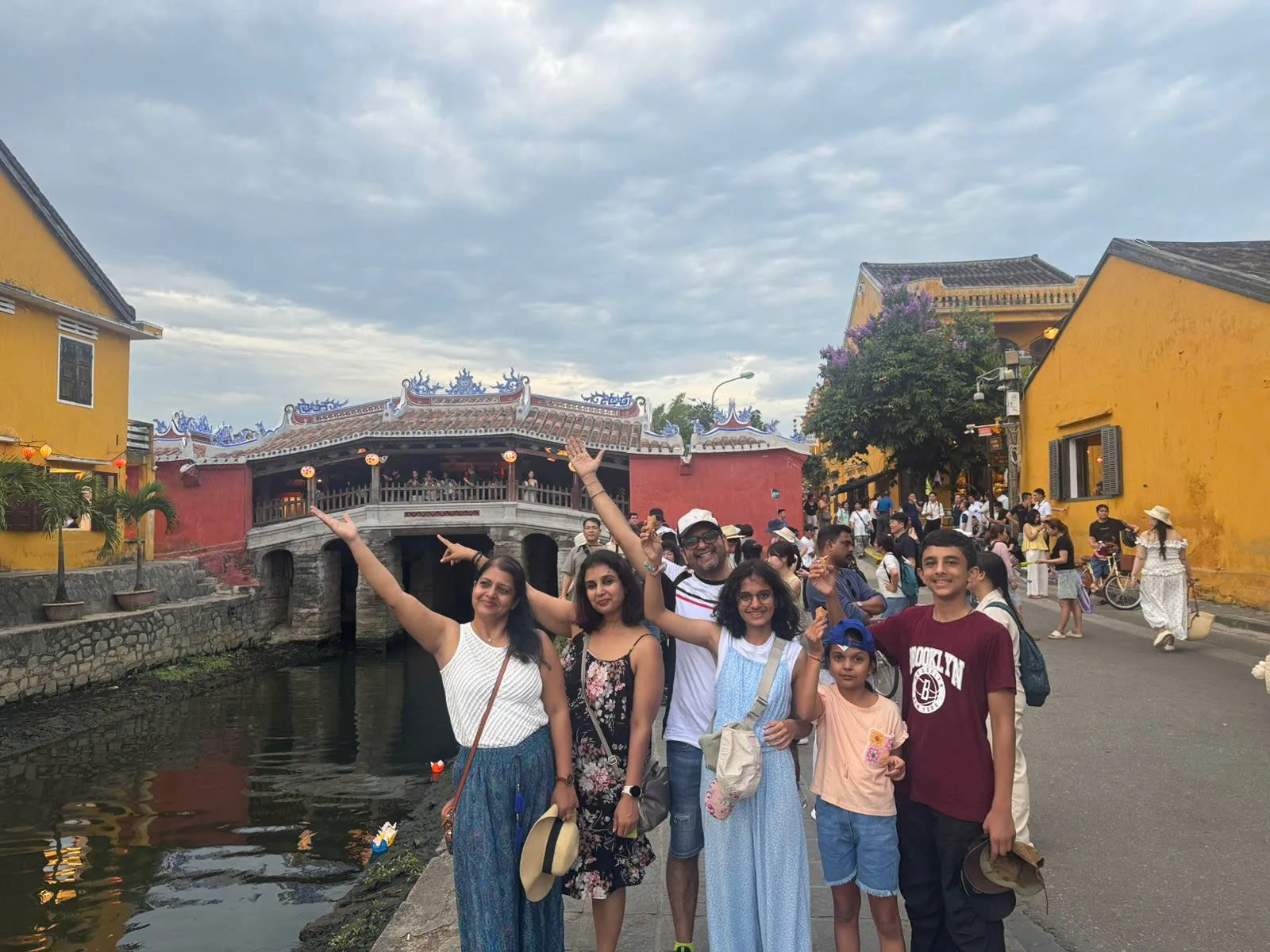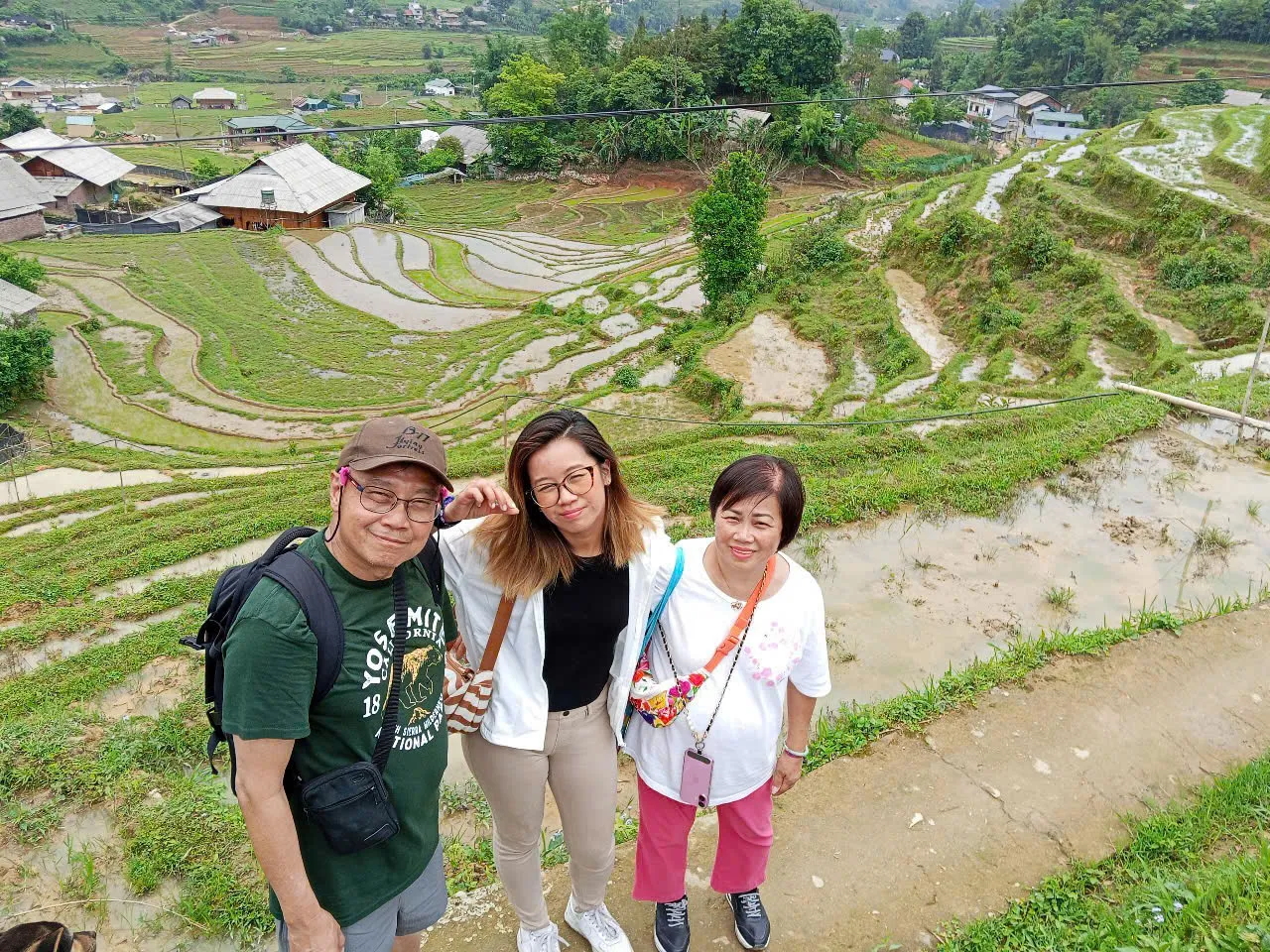Step 1: Prepare your Cambodia trip — visa, money and travel essentials
Cambodia visa requirements 2025
For most nationalities, Cambodia offers two convenient visa options in 2025: eVisa and visa on arrival. The Cambodia eVisa is the most recommended method, allowing you to apply online before your trip at evisa.gov.kh. This visa is valid for 30 days and takes about 3 business days to process.
Citizens of ASEAN countries, including Vietnam, Thailand, and Laos, enjoy visa-free entry for stays up to 30 days. Always check the latest information before departure, especially if traveling long-term or for purposes other than tourism.
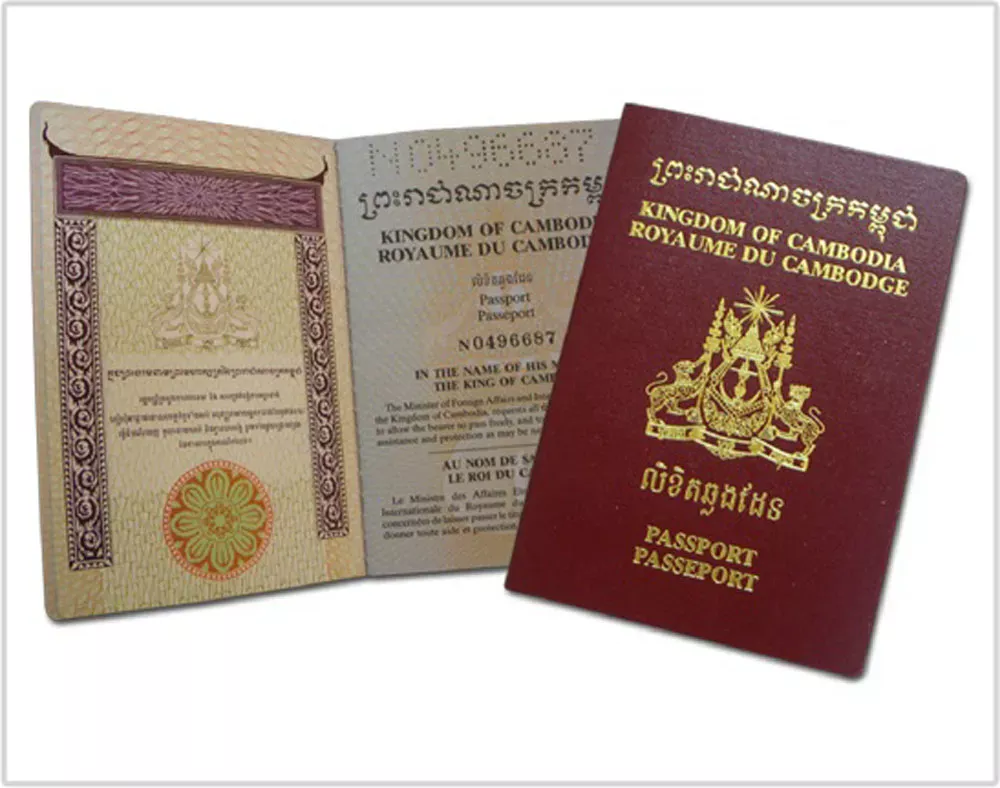
Currency and daily travel budget
Cambodia uses both the Cambodian Riel (KHR) and the US Dollar (USD). Small transactions are typically in riel, while USD is widely accepted for hotels, transport, and restaurants.
Here’s a rough idea of travel costs per day:
-
Budget travelers: $30–$50 USD
-
Mid-range travelers: $60–$100 USD
-
Luxury travelers: $150+ USD
ATMs are widely available in cities, but carry small denominations and exchange currency at banks or licensed booths for the best rates.
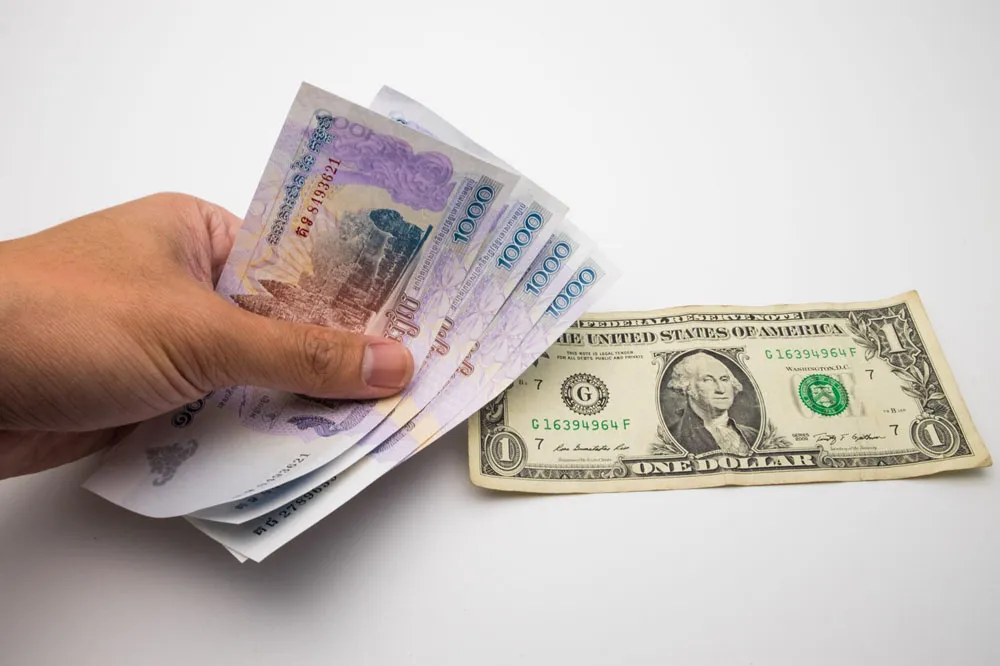
Step 2: Choose the best time to visit Cambodia
Cambodia’s seasons explained
Cambodia has a tropical climate, generally divided into two main seasons:
-
Dry season (November–April): Best time to visit. Expect clear skies and warm weather—ideal for temple visits, beach trips, and sightseeing.
-
Rainy season (May–October): While there’s daily rainfall, it often comes in short bursts. This season offers lush greenery, fewer tourists, and lower hotel prices.
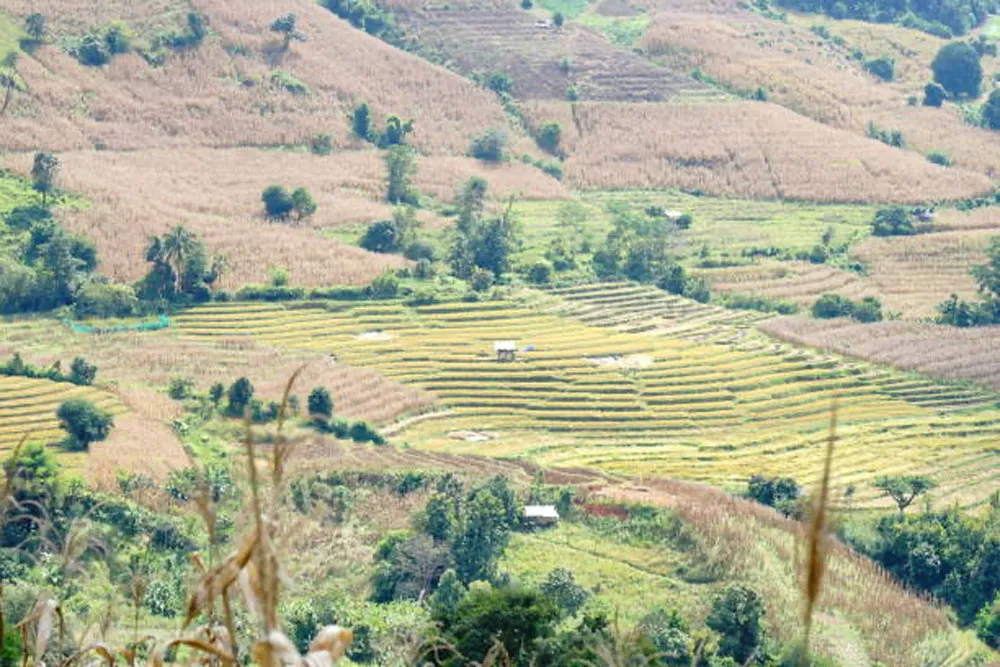
Cambodia festivals to experience
If your trip coincides with one of Cambodia’s major festivals, you’ll enjoy a deeper cultural connection:

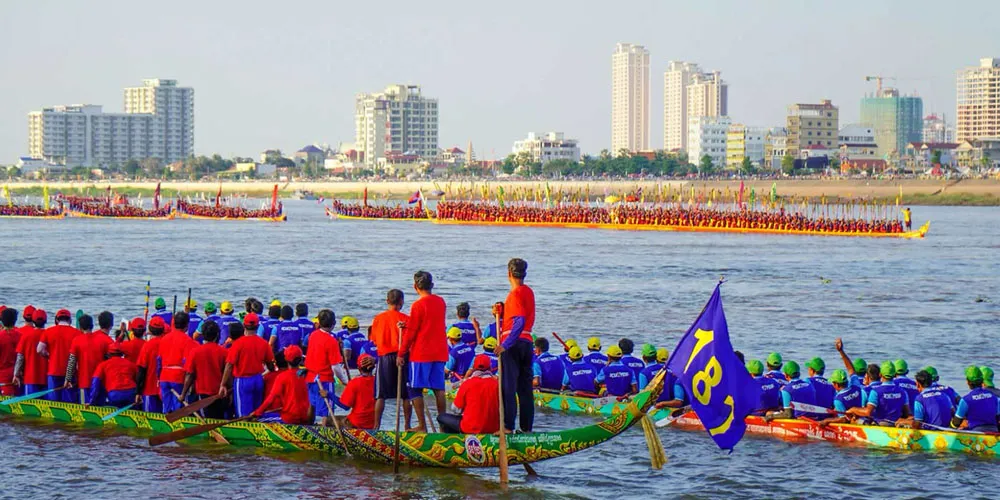

Step 3: Build your Cambodia travel itinerary
Cambodia’s landscapes range from ancient ruins and royal cities to riverside towns and tropical beaches. The itinerary below offers the perfect blend of culture, nature, and relaxation.
7-day suggested Cambodia itinerary for first-time visitors
Days 1–2: Phnom Penh – uncover Cambodia’s past and present
Begin in the capital, Phnom Penh, where Cambodia’s history and modern energy collide.
-
Visit the Royal Palace and Silver Pagoda, two icons of Khmer architecture
-
Reflect at the Tuol Sleng Genocide Museum and Killing Fields of Choeung Ek
-
Walk along the Mekong River promenade, enjoy a drink at a rooftop bar
-
Dine at social enterprise restaurants like Friends or Romdeng
Days 3–5: Siem Reap – explore the Angkor temples
Travel to Siem Reap by bus or flight for the highlight of any Cambodia trip: Angkor Wat.
-
Watch the sunrise at Angkor Wat, then continue to Bayon, Ta Prohm, and Preah Khan
-
Explore Siem Reap Night Market for souvenirs and street snacks
-
Take a cooking class or join a guided bike tour around the ruins
-
End your evening with an Apsara dance show or the inspiring Phare Circus
Days 6–7: Kampot or Kep – unwind in the countryside
Wrap up your trip in the peaceful southern provinces.
-
Kampot: Visit a pepper plantation, cruise along the river at sunset, and explore Bokor Hill Station
-
Kep: Relax on the beach, visit the famous Crab Market, and enjoy seafood with Kampot pepper

Optional extensions for longer stays
Have more than a week? Here are ideas to expand your journey:
-
Battambang: Home of the quirky Bamboo Train, colonial architecture, and countryside temples
-
Mondulkiri: Mountainous and cool, with ethical elephant sanctuaries and scenic waterfalls
-
Koh Rong / Koh Rong Samloem: White sand beaches and turquoise waters, perfect for a tropical escape
Step 4: Travel around Cambodia smoothly
Transportation tips
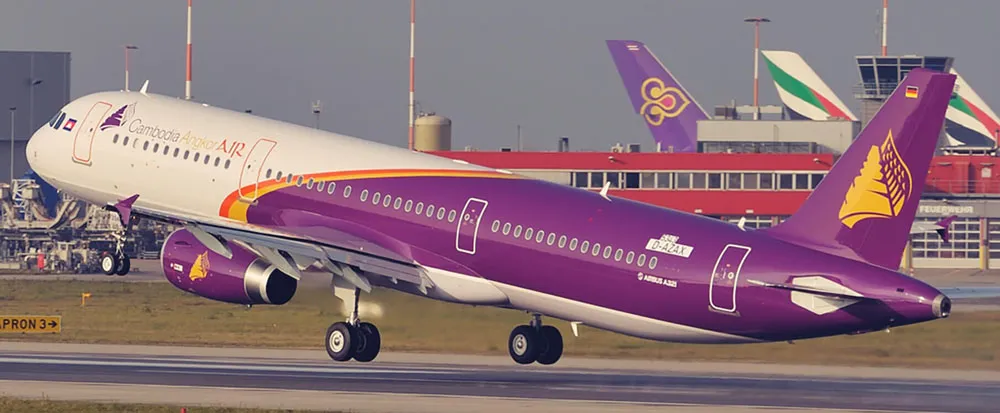
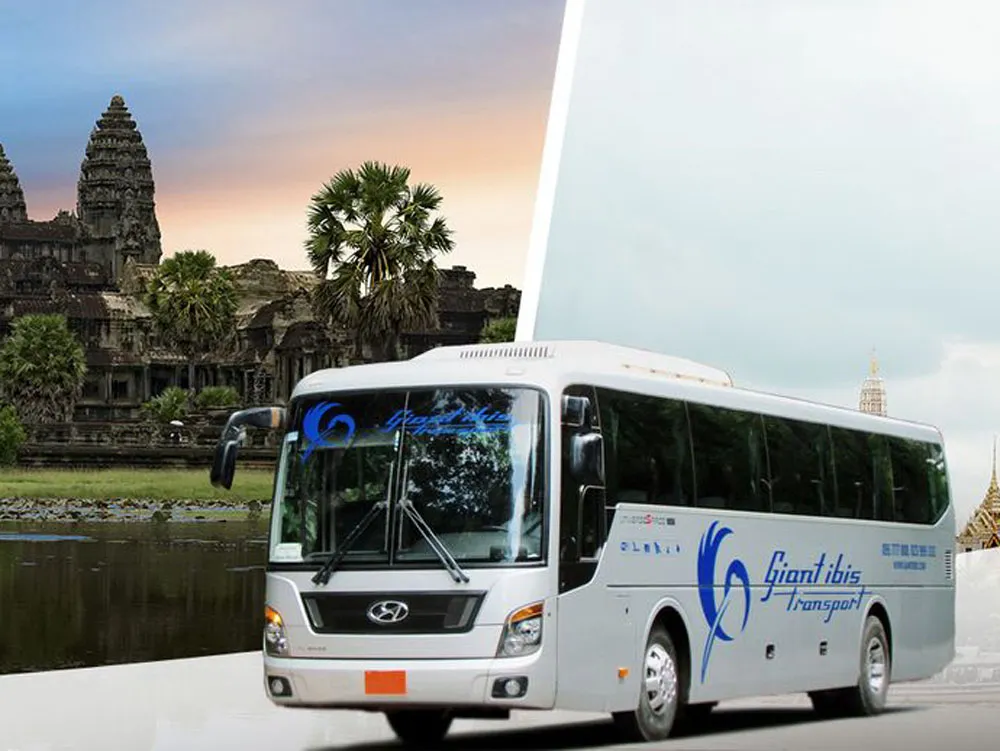
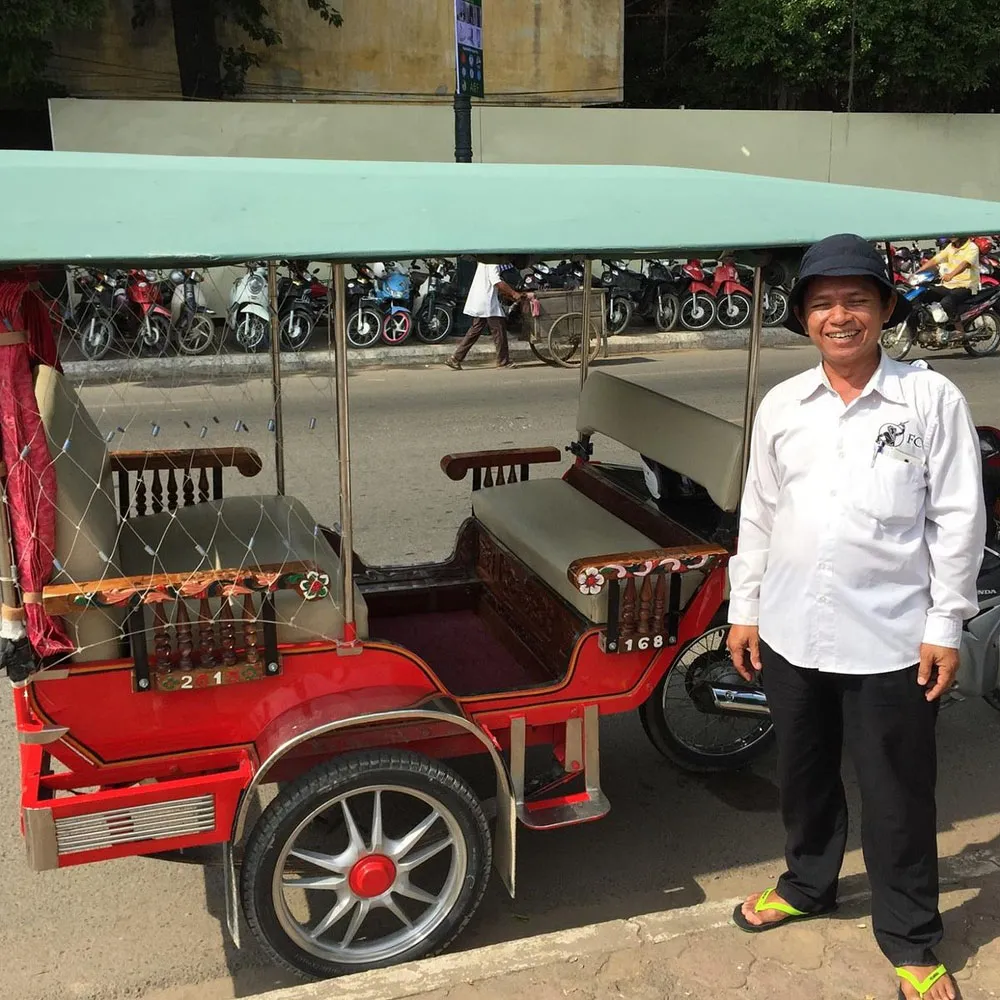
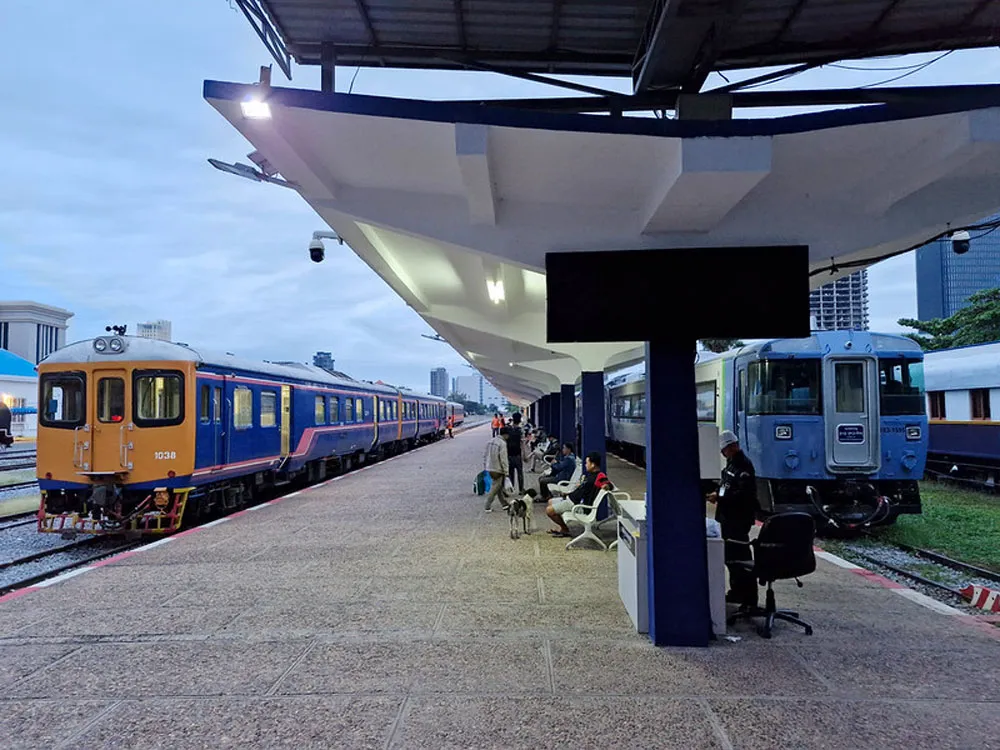
SIM cards and connectivity
-
Providers: Metfone, Smart, Cellcard
-
You can buy a SIM card at the airport or local phone shops for $2–$5
-
4G coverage is strong in cities, making it easy to stay connected
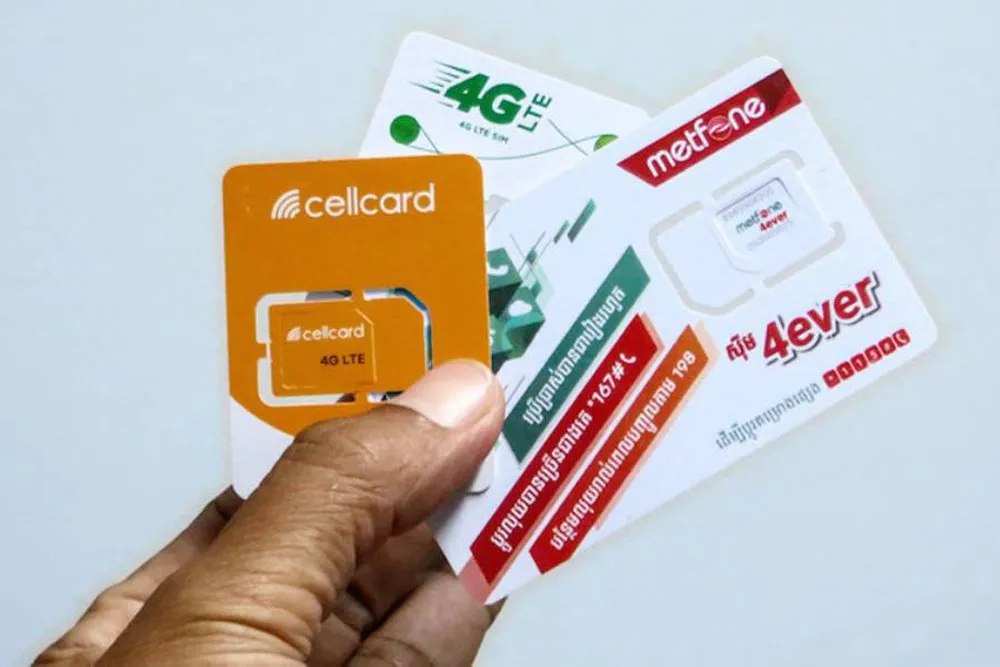
Step 5: Pick the right place to stay
Where to stay by destination
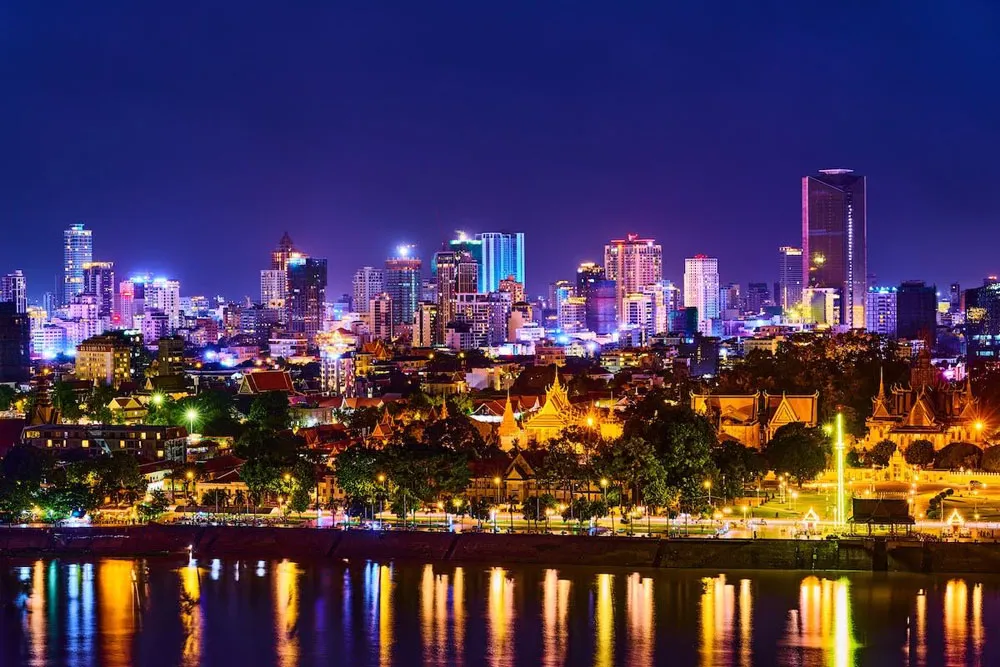
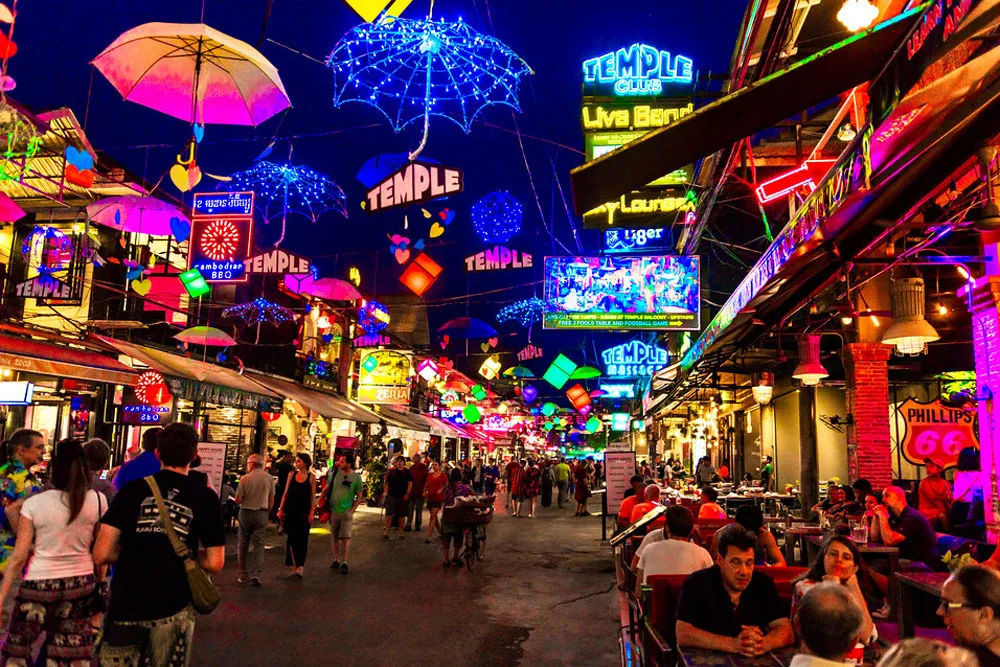
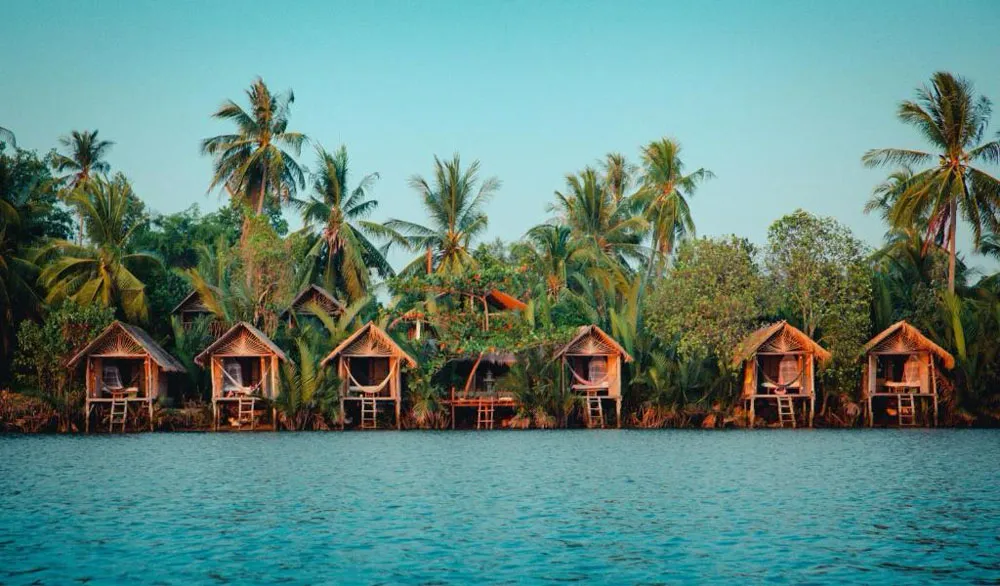
Accommodation prices
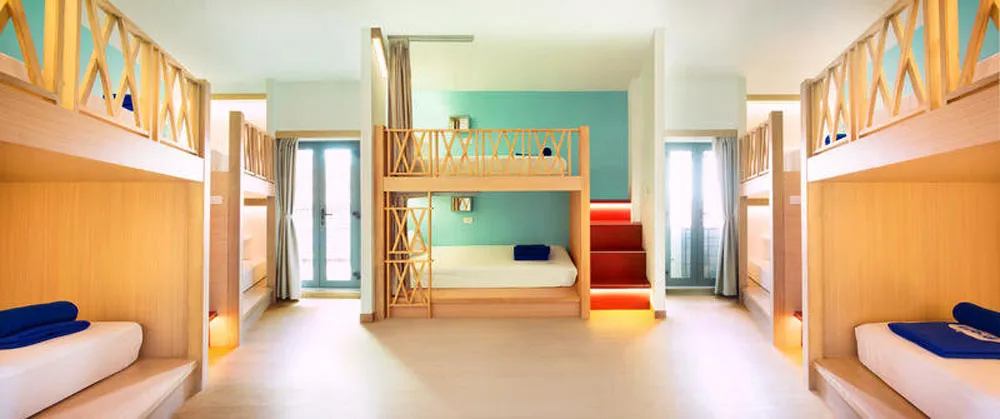

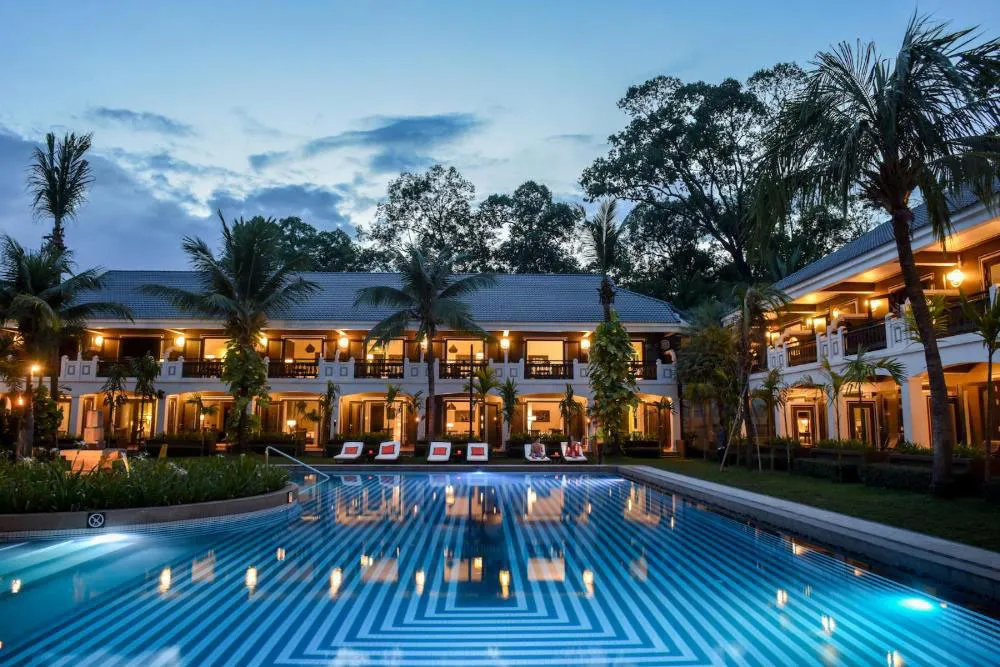
Step 6: Taste Cambodian cuisine and know where to eat
Must-try Cambodian dishes
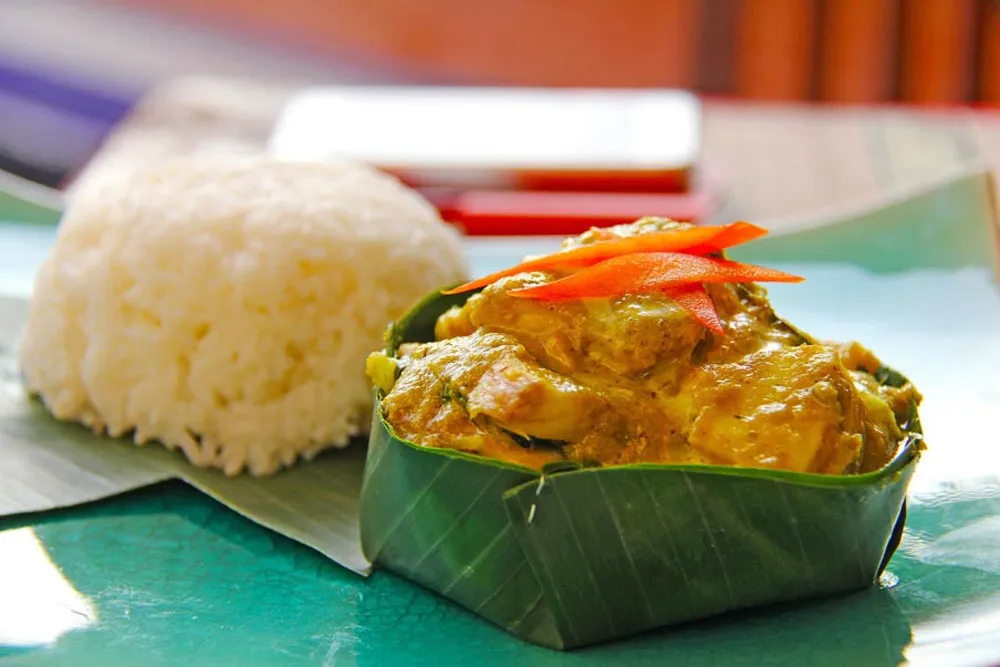

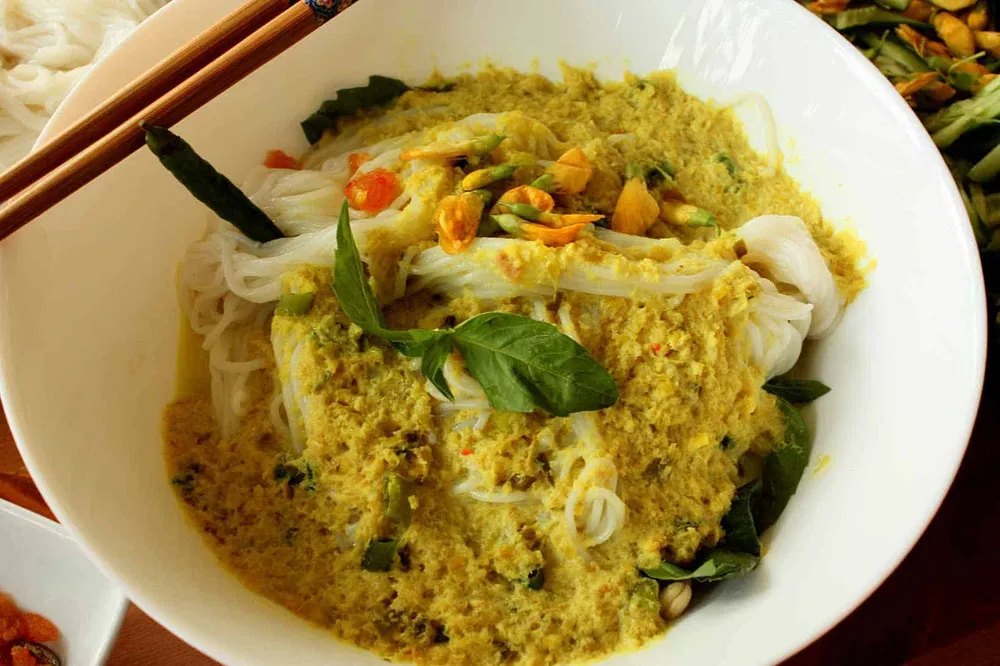
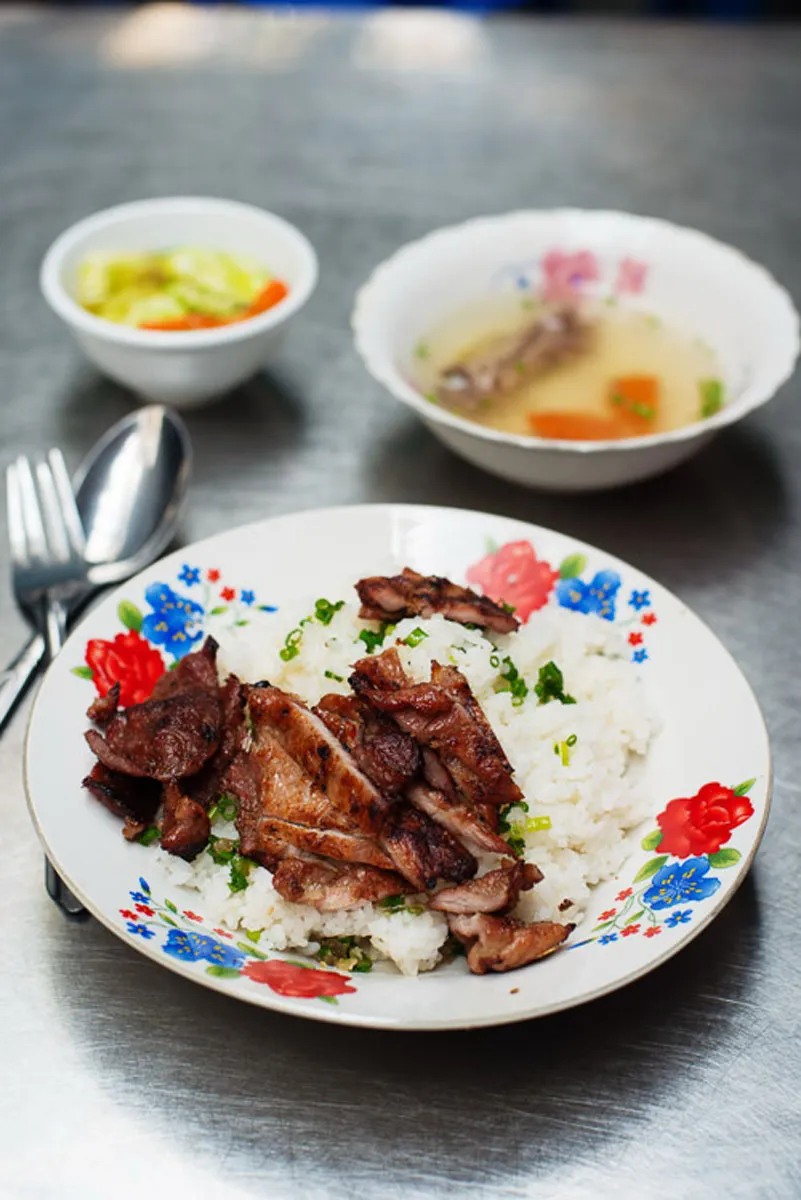
Where to eat
-
Phnom Penh: Romdeng, Eleven One Kitchen, and street vendors near Russian Market
-
Siem Reap: Sok San Road eateries, Marum (training restaurant), and Pub Street stalls
-
Kampot/Kep: Crab Market in Kep, riverside restaurants in Kampot
Step 7: Travel tips for a safe and respectful journey
Cultural etiquette in Cambodia
-
Dress modestly in temples: cover shoulders and knees
-
Remove shoes when entering homes or sacred places
-
Don’t touch people’s heads or point feet at sacred items
-
Avoid public displays of anger or disrespect
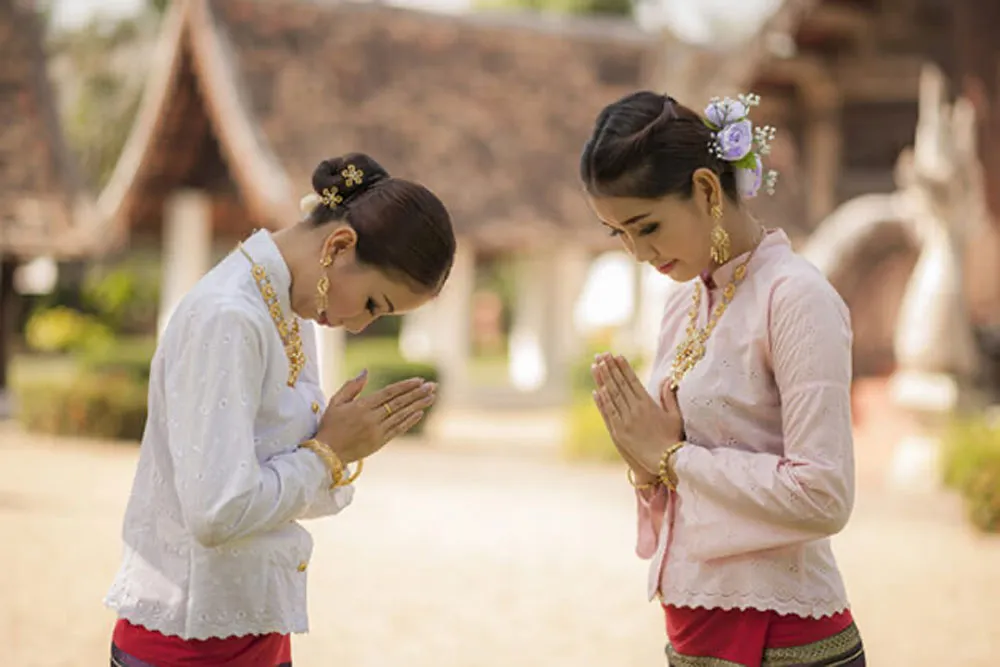
Tourist safety and common mistakes
-
Avoid unlicensed tuk-tuks or taxis—use Grab if possible
-
Don’t give money to child beggars or visit orphanages
-
Watch your belongings, especially in crowded areas
-
Carry copies of your passport and visa in case of checks
Final thoughts
Planning a trip to Cambodia in 2025 means stepping into a world where ancient temples meet vibrant cities and tranquil landscapes. With a bit of preparation—understanding the visa, budgeting wisely, choosing the right season, and building a thoughtful itinerary—you’ll uncover the rich culture, cuisine, and kindness of this remarkable country.
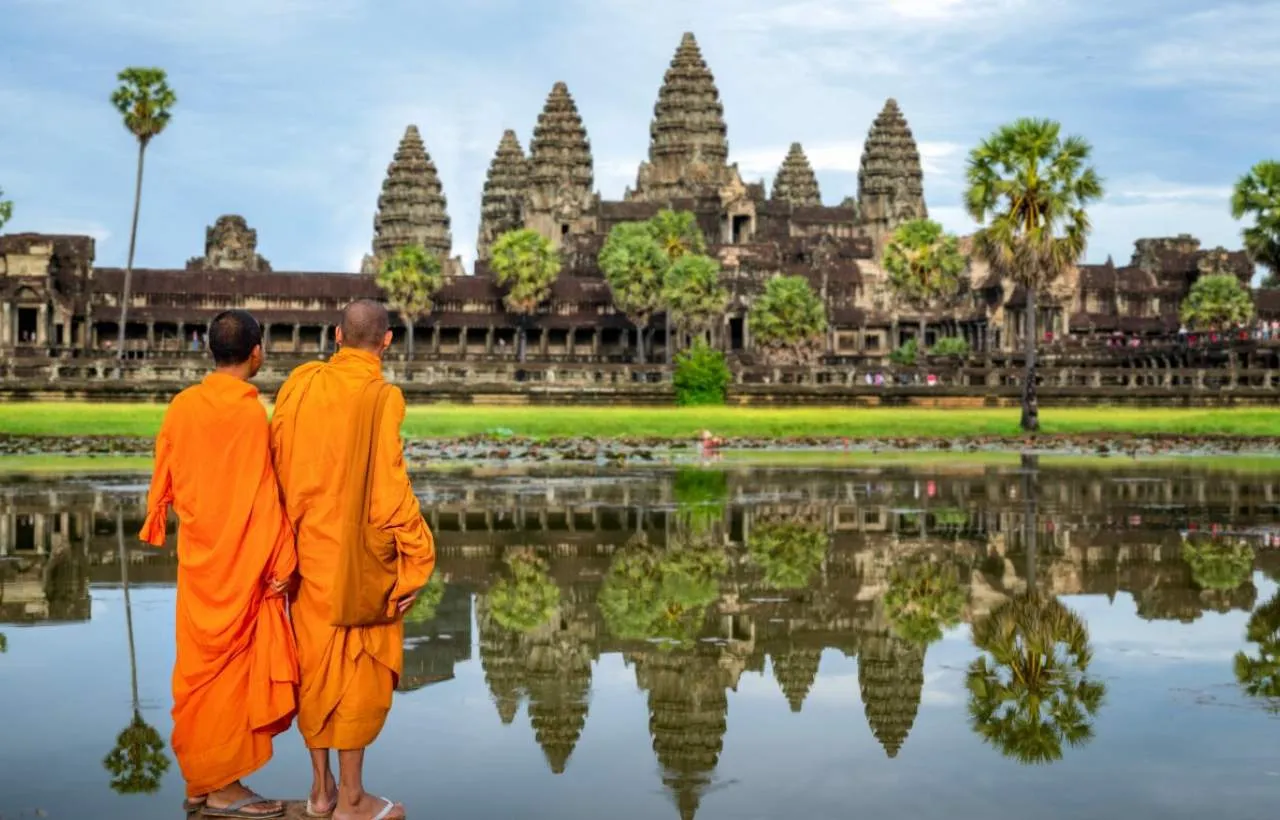

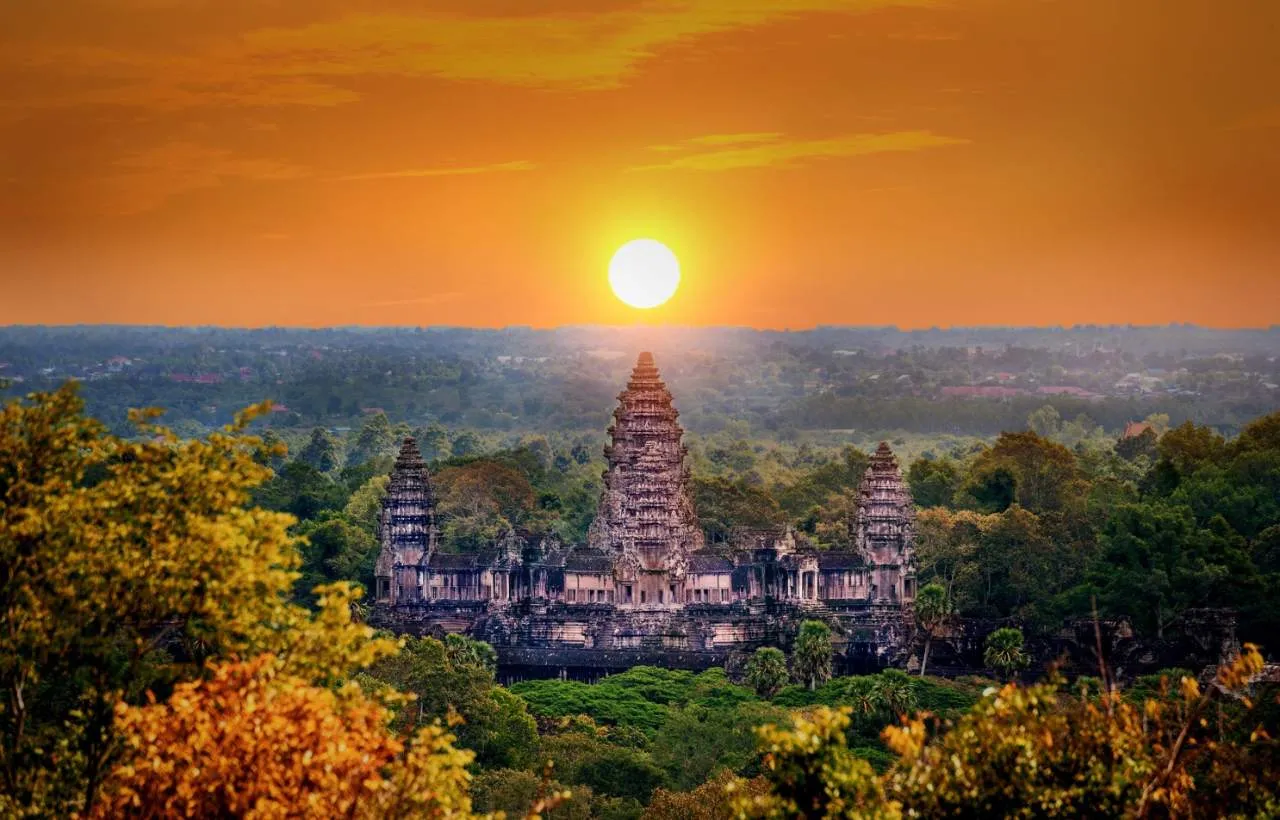






























 Adventure and relaxation between the wings in Sapa _ Fly Sapa Paragliding.webp)
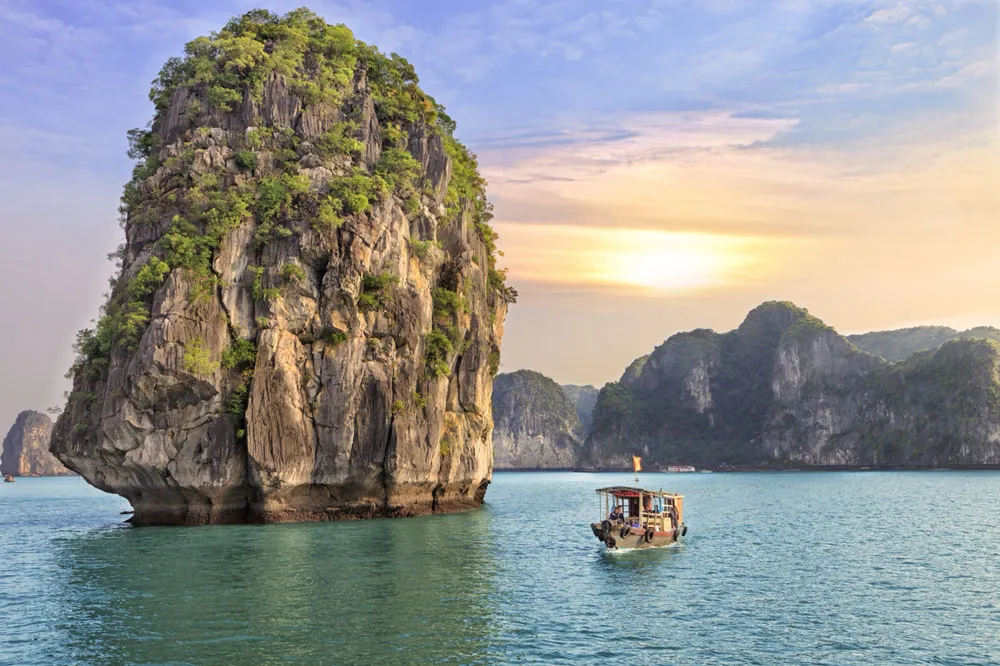
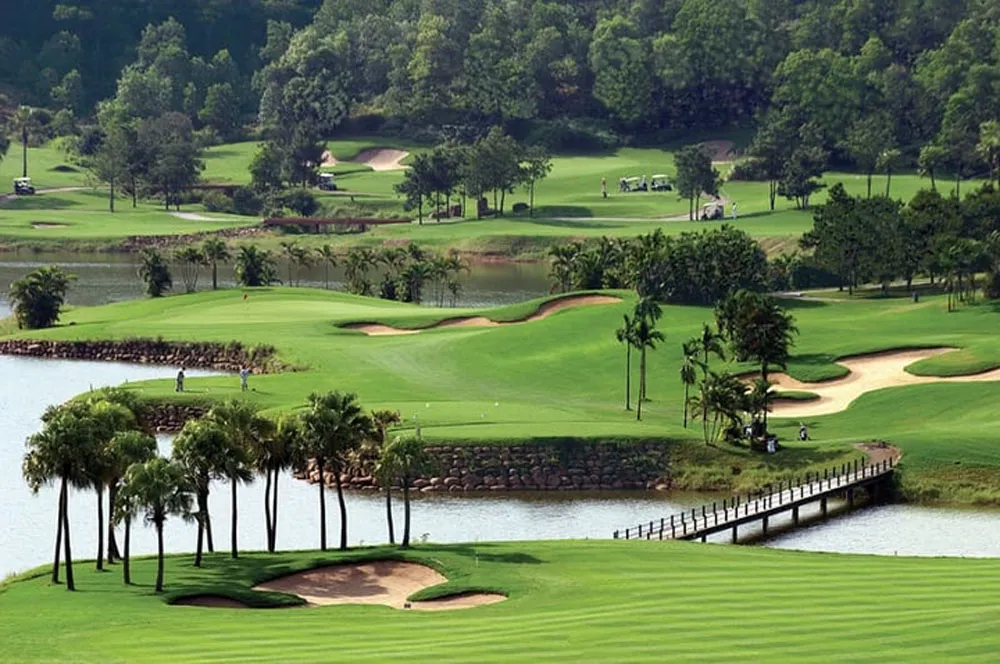
 View trip map
View trip map
